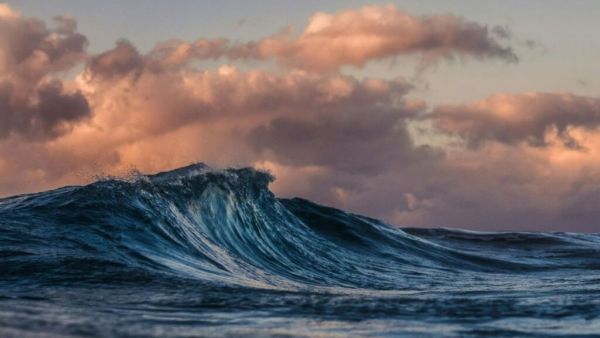
The sea said that the mood and the beauty of nature come to the fore before the eyes. However, there is one thing in this sea that caught the mind that will make your eyes bigger. After being called mineja, he has only revealed the book of the movie and the story. But if you really say that there is a big treasure in the sea?… Don’t you believe? But this is the fact that let’s know.
There are many resources from the sea. In the same resource, India has achieved great success. In the North-West Indian Ocean, India has been able to obtain special permission from the International Sebed Authority (International Seabed Authoritya) to search for polymetric sulfur nodules in Carlsberg Ridge (Carlsberg Ridge). At the same time, the most pride is that India is the first country in the world to get special permission. On September 15, 2025, the agreement was signed with the Jamaican -based ISA organization in Delhi. Secretary of the Ministry of Earth Science. Ravichandran gave this information.
Polymetric sulfur nodules are one of the major treasures in the resource. These nodules, which are found in the deep bottom of the sea, are like stone. These include metals such as manganese, cobalt, nickel and copper. It is used to make electronic goods. The biggest benefit of this is more likely to be in the industrial sector. At the same time, it can benefit India in the global market better.
The areas of the sea that do not come to the border area of any country are called ‘hi season’. Any country has to get permission from ISA to search in such a field. So far, 19 countries have been approved by the discovery of such treasures.
India applied to ISA in January 2024 for two areas of Carlsberg Ridge and Afansi-Nikitin Marine (Afanasy-Nikitin Sea ANS). Although India has been approved for the Carlsberg Ridge, it is not yet recognized for the Afsan-Nikitin area. Like India, Sri Lanka has sought permission to research in this field. According to the rules of the United Nations Convention on the Lodge of the C), any country can claim a continental shelf of up to 350 native miles from its shore.
This opportunity is very important for India and if success comes, then one step is going to go ahead of progress globally. And the most benefit can be to fill.